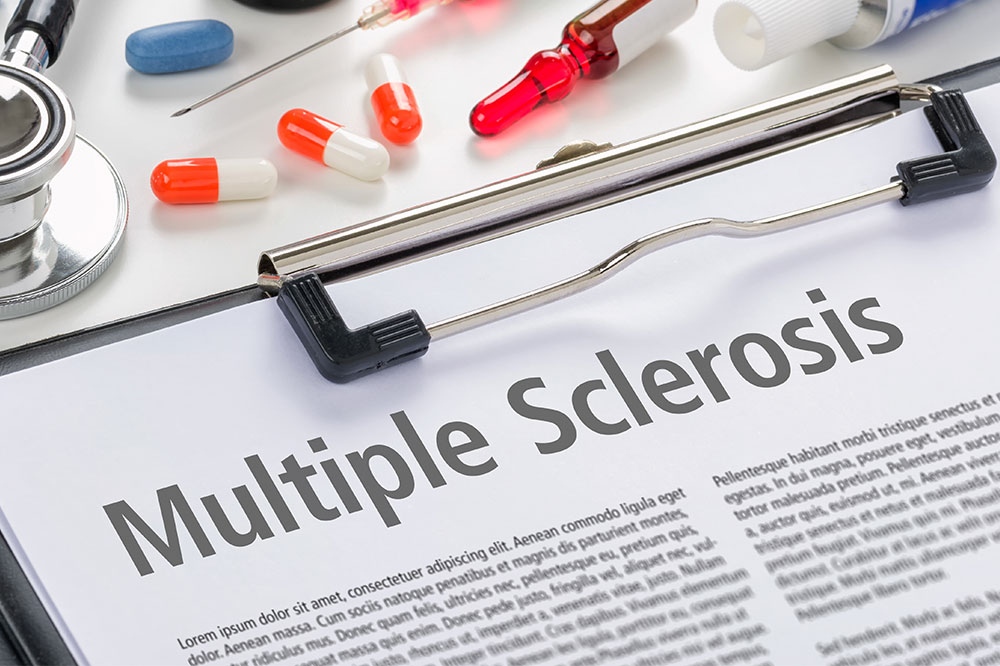
Different Types and Risk Factors for MS
Multiple sclerosis, MS, is a disease that affects your spinal cord, brain, and optic nerves. The condition can have different implications, including damaged vision, muscle control, and balance. While some people can live with the disease without getting treatment, others might face problems doing daily tasks. Thus, the effects of MS are different for different people.
Types of MS
The International Advisory Committee on Clinical Trials of MS has identified four different types of MS in 2013.
1. Clinically Isolated Syndrome (CIS)
CIS is when the first episode of neurological symptoms occurs, caused by inflammation and demyelination in the nervous system. To be categorized as CIS, the episode should last a minimum of 24 hours. However, it does not meet the criteria for MS just yet as people who have experienced an episode of CIS might not develop MS. There are more chances of another attack when there are lesions identified on a brain MRI along with CIS, and relapsing-remitting MS may be diagnosed.
2. Relapsing-Remitting MS (RRMS)
This is the most common type of MS and is diagnosed when there are attacks with new symptoms or neurological symptoms of ascending magnitude. These relapses or exacerbations are usually followed by periods of recovery, which may be partial or full. During recovery or remission, it is possible that all symptoms disappear or some symptoms remain and become permanent.
3. Secondary Progressive MS (SPMS)
When people diagnosed with RRMS experience worsening of neurological function, they transition to SPMS or Secondary Progressive MS. In this type, there might be relapses or accumulation of disability over a certain period. The former is known as active, and the latter is referred to as not active.
4. Primary progressive MS (PPMS)
In some cases, the worsening of neurological function may be observed right from the onset of symptoms. This is known as primary progressive MS, and there are no periods of remission in this type. Overall, approximately 15 percent of all the patients with MS have this type. The disability may increase without relapses, or relapses can worsen the condition. While there is a pattern, the experience of people with PPMS may be unique.
Risk factors of MS
While the exact causes of MS are unknown, there are some risk factors associated with the disease.
1. Environment
MS is more common in cooler climates, such as Northern Europe and other places far from the Equator. Further, it affects more white people in America as compared to other racial groups. This might be related to the sunlight that one gets during the day.
2. Genes
Although MS is not hereditary, you have more chances of getting it if the disease is in the genes. You might get it if your siblings or parents have it.
3. Age
While MS can happen at all ages, it is commonly diagnosed between 15 and 60.


